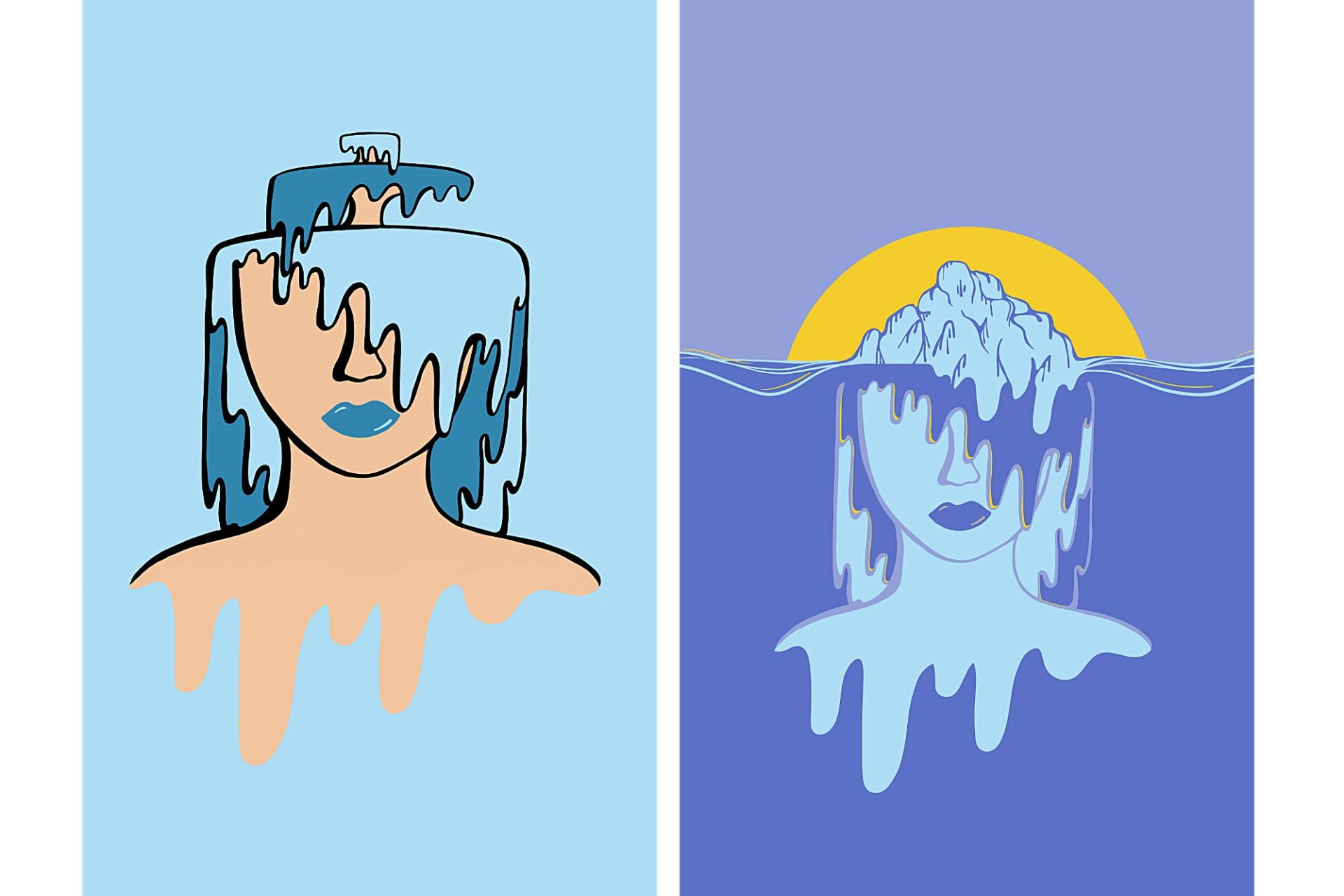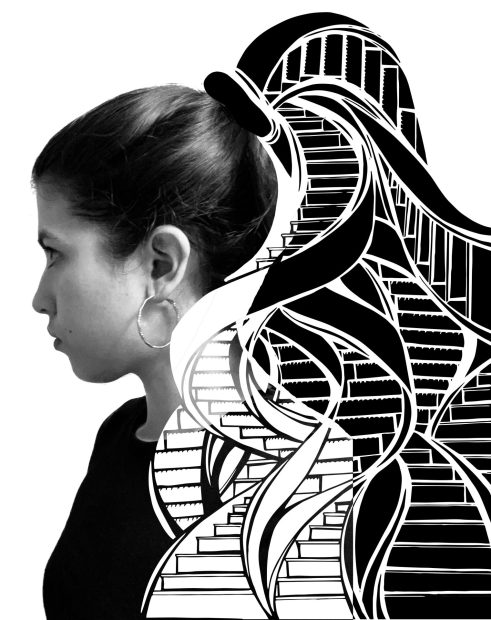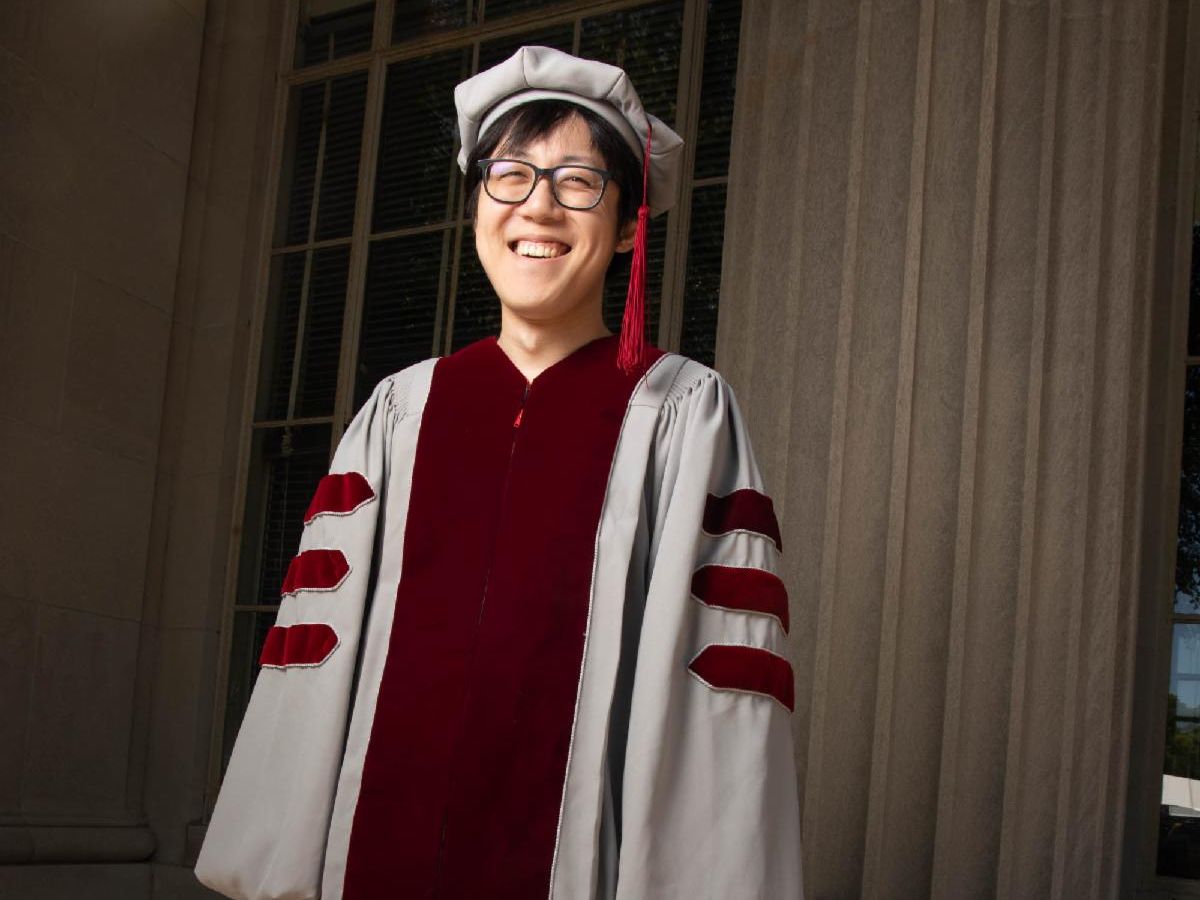Alumni Spotlight: Autumn Deitrick

Autumn Deitrick’s transformative journey as a graduate student unveils a promising new path
Autumn Deitrick ’23 SM, spent the last year of her graduate studies at MIT rediscovering art, a hobby she was naturally drawn to as a child. Growing up along the Susquehanna River in central Pennsylvania, she was mesmerized by the riverine landscape and watching the riverbed change with each flood. This fascination for water and the environment led her to pursue a degree in civil engineering with a focus in water resources as an undergraduate at Penn State University and her master’s degree in civil and environmental engineering at MIT. Her research in the Nepf Lab explored sediment erosion and deposition in mangroves with pencil roots. Mangroves help to mitigate climate change by trapping carbon-rich sediment in their soils and damping wave energy from storms that can cause coastal erosion.
During her last year of graduate studies, she carved out time to create art every day using research in CEE as inspiration. To Deitrick, “it was a relaxing activity after the intensity of coursework and crunching numbers.”
It was through this process of actively creating art every day that she realized, fostering creativity was going to be an important part of her work going forward. She began having conversations with her peers to understand how to create academic environments that better nurture creativity.
“There’s a lot of creative energy in research but sometimes there are different factors that can either foster it or fail to foster it.” She wanted to forge a path that blends art with science and engineering.
It was at this point she started looking into PhD programs that study creativity in engineering education. She’s now in a PhD program back at Penn State University working on qualitative research in the design side of mechanical engineering.
“Instead of numbers, I work with words and interview graduate students to learn about their interests, the creative climate of their classes, what’s working and not working, and how those all tie into their creativity and research,” says Deitrick.
When she has a collection of interviews, she conducts a thematic analysis to find what patterns emerge. “When I was first analyzing the data, it felt the same as when I was analyzing large datasets in CEE, it’s just I like words better than numbers.”
Deitrick spent a lot of time reflecting on how she likes to think and problem solve and shared this reflection through a presentation titled, “Becoming best friends with my brain and how you can too.” She was invited to give a talk last year for the CEE Graduate Seminar Series and instead of presenting a research talk, she talked about how her brain works as a neurodiverse person with the hopes of creating space for conversations around neurodiversity in academia and beyond. The authenticity of her personal story resonated with other MIT students. Deitrick ended up giving the talk multiple times during her last year at MIT, including at Random Hall, where undergraduates were happy to meet someone who openly talked about being a neurodiverse student.
“MIT is known for having people who think differently, so naturally there is also neurodiversity, but if no one talks about it and the vibe isn’t there for people to open up about it, then people can feel very alone.”
Her experience at MIT in the Department of Civil and Environmental Engineering is one she would do all over again. It prepared her for where she is now as a researcher.
“I learned how to be a great researcher, how to think like a researcher, and be my own kind of researcher.” She also left with the confidence to solve a lot of hard problems. “MIT pushes you to your absolute mental limit and when you think to yourself – I don’t know how to do this – but then you find a way and it’s super empowering.”
Deitrick also learned the power of collaboration. One of her most energizing and creative experiences was co-directing the MIT Water Summit with James Brice, a graduate student in the Departments of Civil and Environmental Engineering and Architecture.
Her biggest takeaway from MIT was finding people she really enjoyed working with and having a team of people who all really care and put a lot of effort into their work. “It just makes for really good teamwork, and people at MIT have so many different skill sets, and it’s about learning how to leverage them.”
Deitrick’s artistic approach to her research and life has led her down a promising new path of blending art with science and engineering. “Engineering is a creative act, and several universities are starting to recognize this and incorporate more art into engineering.”
Learn more about Autumn at https://www.autumndeitrick.com and check out her art on Instagram @autumndeitrick





